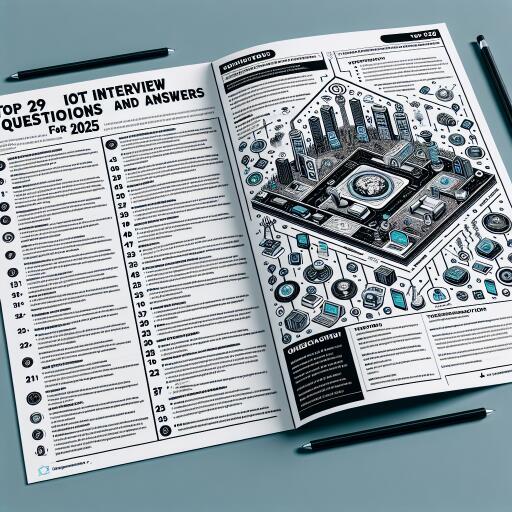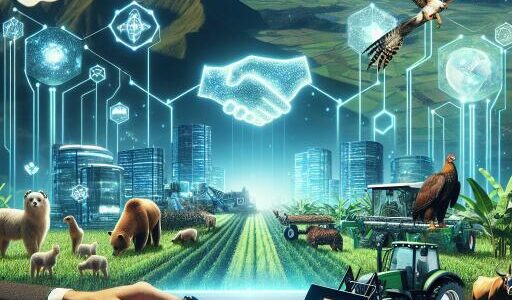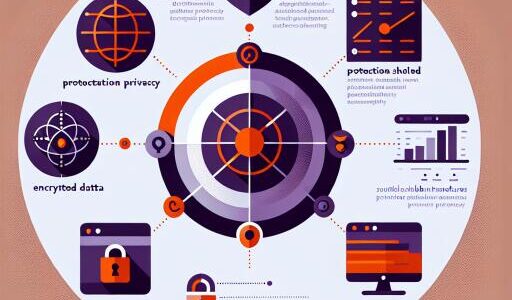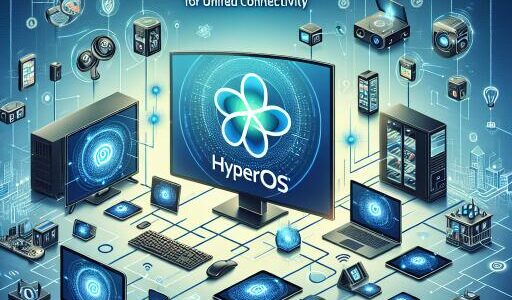Top 29 IoT Interview Questions and Answers for 2025
The Internet of Things (IoT) is reshaping the landscape of technology across various industries, offering a system of interconnected devices with distinct identifiers. In preparation for the advancements expected by 2025, here are the top 29 interview questions and answers that can help organizations assess the competency of candidates in the ever-evolving IoT domain.
Understanding IoT Fundamentals
Question 1: What is IoT?
Answer: IoT stands for the Internet of Things. It refers to a network of physical devices that communicate over the internet without requiring direct human intervention. These devices carry embedded systems capable of sensing, collecting, and transmitting data.
Question 2: How do IoT devices operate?
Answer: IoT devices operate by gathering data about their environment, processing this data, and executing actions based on predefined criteria. Examples include wearables, smart appliances, and industrial equipment.
Applications and Benefits
Question 3: What are some key industries that benefit from IoT?
Answer: Several industries, including healthcare, agriculture, manufacturing, automotive, public transportation, utilities, smart homes, and environmental monitoring, benefit from IoT by enhancing efficiency and improving service delivery.
Question 4: How does IoT impact smart cities?
Answer: Smart cities utilize IoT technologies to connect city services, reduce crime, optimize transportation, and lower energy usage, among other benefits. This can encompass many systems, creating a streamlined urban environment.
Technical Architecture
Question 5: Describe the architecture of IoT systems.
Answer: IoT architecture typically includes devices and sensors, a data processing unit, and a communication layer. Advanced systems integrate machine learning and AI for efficient data handling and predictive modeling.
Question 6: What role do embedded systems play in IoT?
Answer: Embedded systems, which combine hardware, software, and firmware, are crucial for IoT devices. They enable devices to carry out specific tasks, such as processing data and interacting with other systems or networks.
Sensors and Data Handling
Question 7: What types of sensors are prevalent in IoT?
Answer: IoT supports a variety of sensors, including those that measure temperature, pressure, motion, light, air quality, and humidity. They provide critical data that IoT systems use to make informed decisions.
Question 8: How do sensors differ from actuators in IoT?
Answer: Sensors gather environmental data, whereas actuators respond to sensor-generated data by executing actions, such as opening a valve or turning on a motor.
Communication and Software Platforms
Question 9: Explain the difference between Bluetooth Classic and Bluetooth Low Energy.
Answer: Bluetooth Classic provides higher data bandwidth but consumes more power compared to Bluetooth Low Energy, which is optimized for conserving battery life while transmitting smaller datasets.
Question 10: Why is IPv6 important for IoT?
Answer: IPv6 extends IP addressing capacity, supporting trillions of devices, critical for the growing IoT landscape. It also enhances security and connectivity features essential to IoT deployment.
Security and Challenges
Question 11: What are some common security challenges in IoT?
Answer: Key security challenges include data privacy, device authentication, secure communication, and vulnerability to cyber-attacks. Addressing these is crucial to deploying secure IoT systems.
Question 12: What steps can organizations take to secure IoT systems?
Answer: Organizations should implement robust encryption, regular security audits, secure firmware updates, and authentication mechanisms to protect IoT infrastructure.
Future Prospects
Question 13: How will 5G influence IoT development?
Answer: 5G technology promises higher speed, reduced latency, and improved capacity, boosting IoT’s scalability and functionality, making it integral for supporting a wider array of IoT applications.
Question 14: What is the industrial internet of things (IIoT)?
Answer: IIoT refers to IoT applications in industrial environments, leveraging smart sensors and actuators to optimize operational efficiency and automation in manufacturing, agriculture, and other sectors.
Testing and Implementation
Question 15: How should IoT systems be tested?
Answer: IoT systems should undergo rigorous testing, including functional, security, performance, and interoperability testing, to ensure they meet required standards and function reliably.
Question 16: What is IoT asset tracking?
Answer: IoT asset tracking involves monitoring the location and status of physical assets using IoT technologies, enhancing inventory management, and optimizing operational workflows.
Conclusion
These interview questions provide valuable insights into the critical aspects of IoT technology, equipping organizations with the knowledge to assess candidates effectively. By understanding IoT fundamentals, applications, architecture, and security challenges, businesses can better prepare for the transformative impact of IoT in 2025.









